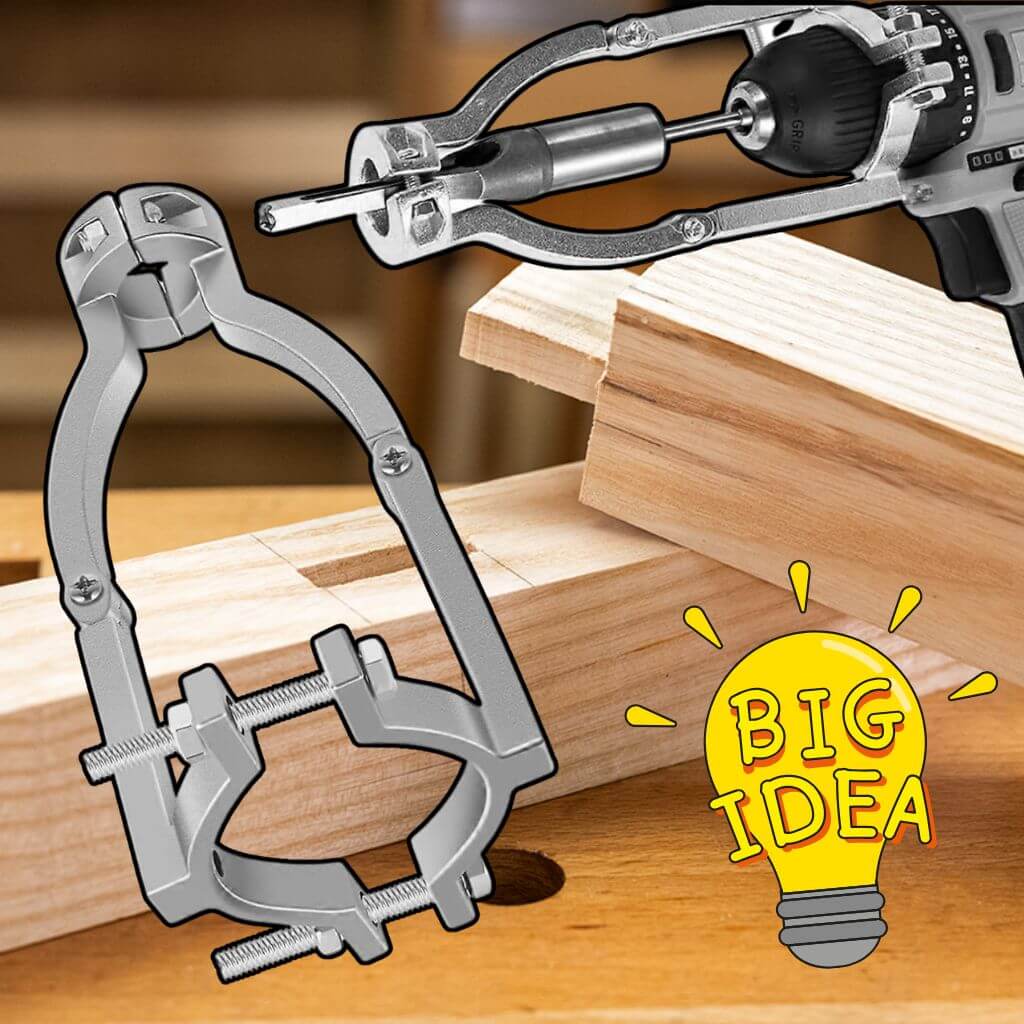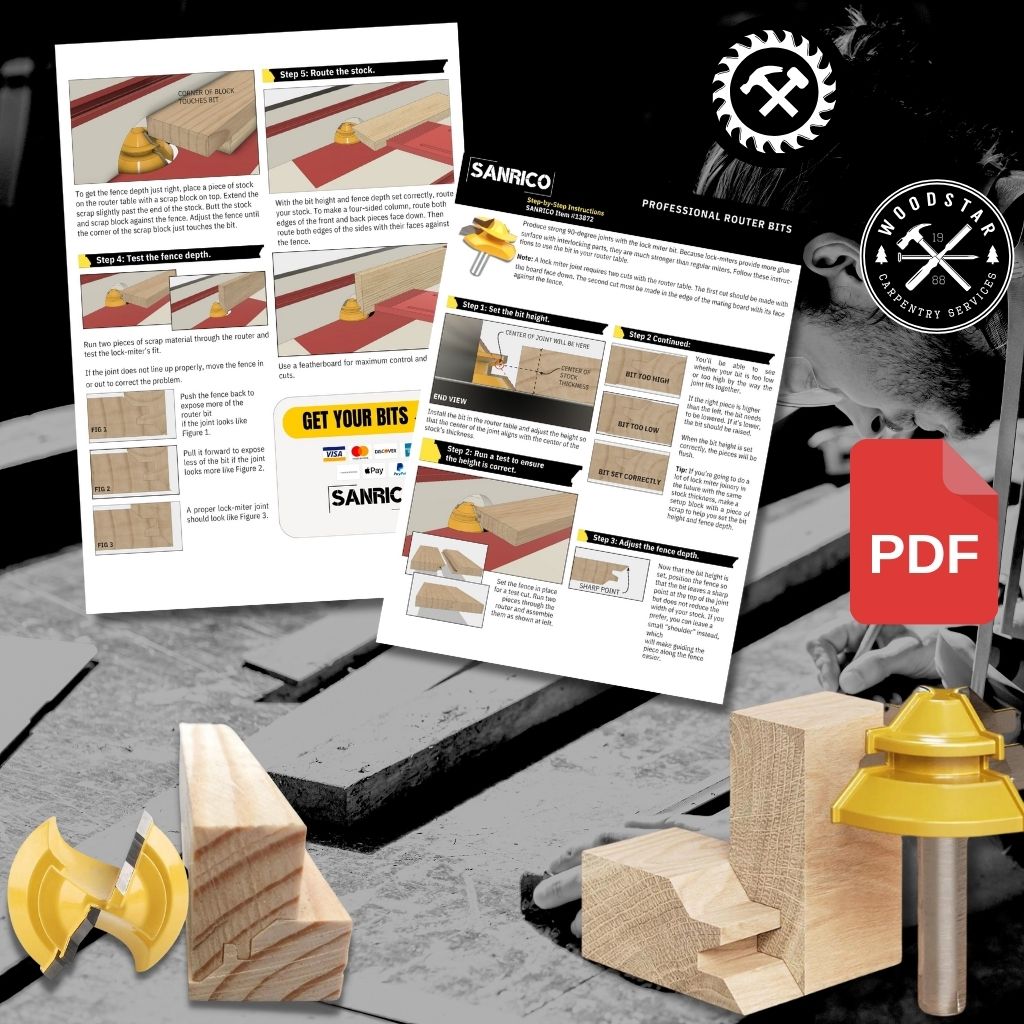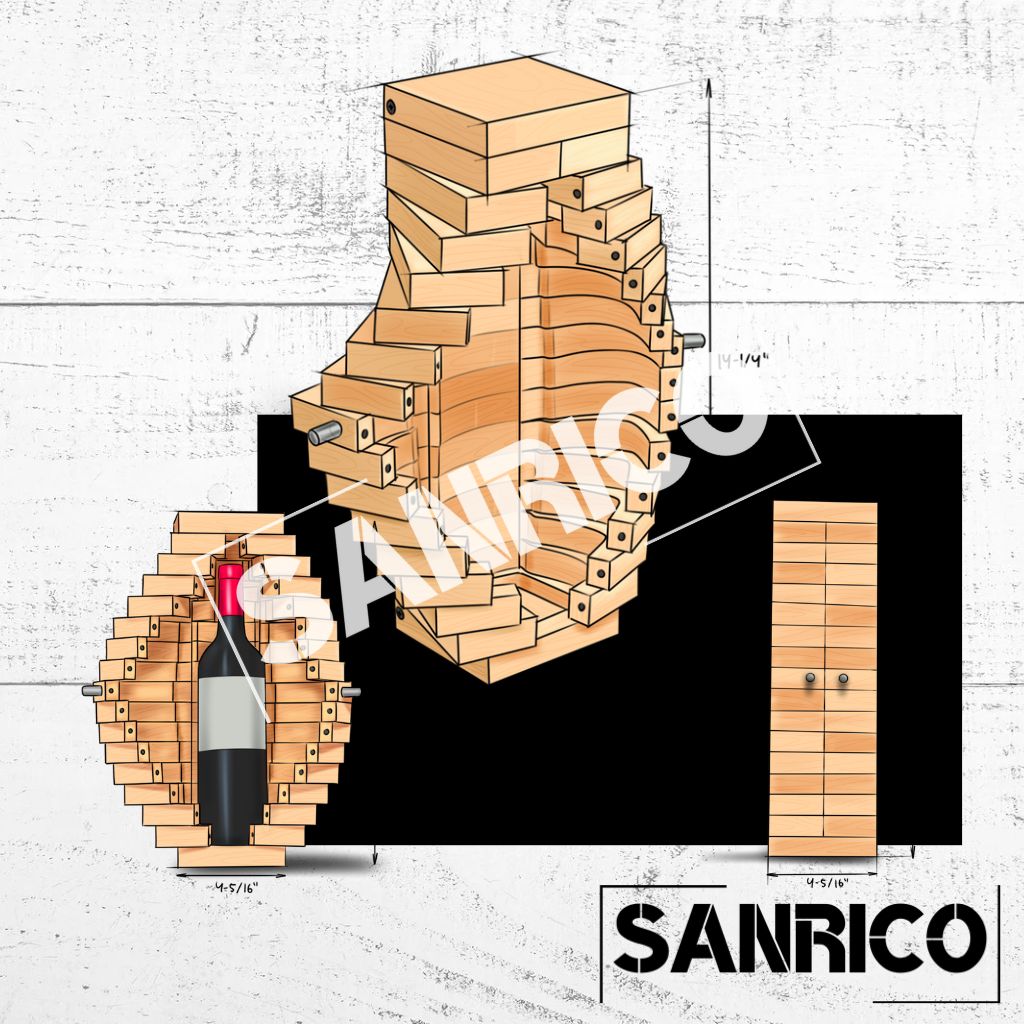HOW TO STORE TOOLS IN YOUR WORKSHOP?
Subscribe
To join our mailing list and never miss a deal!
1. WHY IS TOOL ORGANIZATION IMPORTANT?
#1 - Save You Time
When your tools are disorganized you eventually waste plenty of time. You unintentionally wander around your workplace trying to find the right tool to use. By tidying your workspace and making it well organized you save time since you can easily find the right tool to use for a specific task or job. At the same time, you can easily put it back to where it needs to be placed for future use. By doing this you are saving tons of minutes per day.
#2 - Save You Money
If your workplace is untidy, it's easy to lose and misplace your tools and equipment, especially if they're small. When you lose tools, you have to buy new ones, incurring additional and unnecessary expenses that wouldn't have had to exist if your tools had been put away in the first place. Buying replacement tools and equipment can be expensive, especially if you lose them often.
#3 - Take Away Stress
It may seem like a lot of work for some, but having a nice and well organized workspace is one of the most efficient ways to save time, money, and any unnecessary stress. Sometimes it could get frustrating trying to look for that specific tool. It gets irritating when you lose that screwdriver or wrench. Especially if you are in a hurry. By having a tidy workspace you can negate that additional stress and easily pick out the tool needed for that task, and quickly put it back as you prepare for the next job.
SALE 50%
2. WHERE TO START?
#1 - Take Inventory, Discard And Donate
The first thing you need to do is take inventory of all the tools you have. Open every drawer, check every cabinet and find a place where you can lay everything out in front of you. Once you know exactly what you're dealing with, organizing it will be easy. It's not a bad idea to begin by sorting everything into a few different categories. Put all the hand tools in one spot, all the power tools in another and anything you consider a seasonal tool in its own pile. Once you've done this, you'll be off to a great start.
Of course, during the sorting process, you'll probably find that your tools have a lot of accessories. Your drill, for example, probably has several drill bits, and if you have a socket wrench, you've most likely got at least a handful of sockets to go with it as well. You'll need to decide how you want to organize these. It doesn't really matter how you do it -- your system just needs to make sense to you.
Now that you've got everything separated, let's start with the hand tools. Keep reading to find out how you can organize them efficiently and aesthetically.
#2 - Follow the Instructions
Some manufacturers will have specific instructions for how to store tools, so consult your manual first and foremost. It’s important to follow these instructions, especially for larger power tools like saws or drills, so they remain in good working condition.
#3 - Clean Them Off
Make it a habit to clean tools after each use before you return them to storage. Wipe them down with a rag or old towel and be sure they are free of dust, grease and debris before you put them into their proper places. Check your tools' handles for splinters, breaks and cracks. Also, make sure that metal parts show no signs of corrosion or rust.
#4 - Remove Any Damaged Tools
When wiping down each tool, keep an eye out for any broken, damaged or rusty tools. The broken or damaged tools should be disposed of, and the rusty tools should be set to the side. Removing any broken or damaged tools from your collection will not only make it easier to find the tool you want; it will also improve the overall health of your tools.
#5 - Treat the Rusty Tools
Treat the rusty tools in your collection. Even if a tool only has a small amount of rust on it, it is still important that it is treated for rust. The sooner you’re able to treat the tool to prevent the rust from spreading, the better.
SALE 50%
3. WHERE TO STORE YOUR TOOLS?
#1 - Store Them in a Toolbox
Toolboxes are also a great way to store your tools. They have the great advantage of portability. While some people do use toolboxes to store all their tools, they can also be a convenient way to transport your most commonly used tools while leaving the bulky tools stored at home.
#2 - Use Pegboards
A pegboard is one of the simplest ways to change your workshop from a pile of tools into a clean and organized place for work. There are many different accessories and hooks you can buy for the board, but you should keep in mind that more accessories do not necessarily equal more organization. Making your pegboard more organized begins with creating a plan and using available resources to get your tools in good shape.
#3 - Store Them in a Cabinet
Tool cabinets are excellent options for serious DIY’ers who have a lot of equipment that needs to be sorted by type and application. The number of drawers varies, and many versions include caster wheels to easily roll the cabinet around the shop. They offer a sleek design and nice amenities like ball-bearing drawer slides and locking doors.
#4 - Organize Nails, Screws, Nuts, And Bolts
Use multi-drawer storage containers (color-coded if you have low vision), coffee cans, baby food jars, and plastic tubs to separate different-sized nails, screws, nuts, bolts, and other small items.
SALE 50%
Keep these tool storage ideas and tips in mind, and your tool collection will be organized and accessible for that next home project, whether it’s something big like putting an addition on your home or simply just finally fixing that leaky faucet!
No matter what kind of tools currently in your possession, it’s important to take some time organizing your collection so you’re protecting your investment. You’ll want them in good condition when it’s time to start that next DIY project!
Josh J. Gur - CEO




